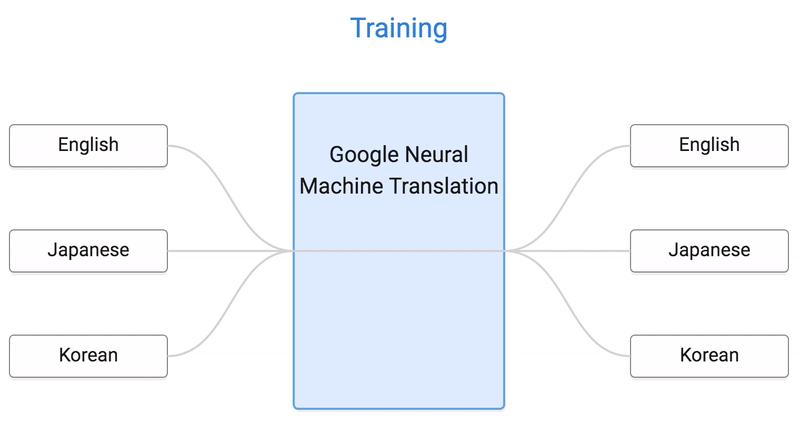

Human brains are connected by networks of neurons. This is the way humans process information: once an input or stimulus gets taken in, the networks of neurons fire off signals to one another to reach an output — often a thought, insight or decision.
The evolving landscape of machine learning and AI has oiled the works for machines to mimic these networks of neurons. They, too, can process input, pass it through to various layers, and produce an output. These artificial networks aim to simulate how humans make decisions to provide highly relevant solutions to complex problems.
What are Artificial Neural Networks?
An artificial neural network (ANN) is a subset of artificial intelligence that allows systems to imitate the cognitive functions and processes of humans. It’s essentially a simplified brain network! Modelled after the human brain, it aims to customise responses and cater to a user’s needs real-time. An ANN’s intelligent abilities encompass planning, speech and sound recognition, language, vision, and problem-solving.
The Types of Neural Networks
There are many various types of neural networks — some lists extend to about 16 types. According to Towards Data Science, some of the most notable ones are the following:
The Perceptron
The perceptron is the oldest neural network — it set up the foundation for all the neural networks present today. By using only one neuron, it can only take in n number of inputs and multiply them by corresponding weights. However, this lacks complexity and may not be enough to mimic the intricacies of the human brain.
Multi-Layer Perceptron (MLP)
As the name suggests, the MLP has more layers than its predecessor: input, hidden, and output layers. The input (numerical data) goes through, gets processed via the hidden layers until it creates an output. The hidden layers are the key to data processing and manipulation where most of the neurons are housed.
Convolutional Neural Network (CNN)
Like MLPs, convolutional neural networks have multiple layers, just in a convoluted sense. This type of ANN is commonly used for images and videos — it takes each image pixel, reads it, and finds patterns within it to identify distinct features.
Each group of neurons in a CNN focus on a single part of an image. For instance, in an image of a human head, one group of neurons identifies the eyes, another for the ears, for the lips, and so on.
Recurrent Neural Networks
Some types of data depend on past knowledge to predict the future such as stock market data, time-series data, etc. A popular example of this is the Long Short Term Memory (LSTM) network. If data consistently produces the same output in the short-term, the system will remember this in the long-term and give it greater weighting when considering new data.
Neural Networks VS. Deep Learning: How Are They Different?
In its simplest form, neural networks can have only three layers. A neural network composed of more than three layers is called a deep neural network. This where multiple layers exist, bettering the system’s ability to self-learn. Deep neural networks provide the foundation for deep learning — it allows the system to think more like a human, processing data and learning from it filter by filter.
How Are Neural Networks Used in Business?
1. IBM Watson: Personalised Treatment Options
IBM developed the Watson for Oncology — a software suite that seeks to provide personalised cancer treatment options by extracting data from a patient’s medical record. Meant to help physicians diagnose their patients better, the suite has a rich literature of over 300 medical journals, 250 textbooks, and 15 million pages of text. This, along with medical records, give physicians well-informed insights on their patients. Each insight or treatment option is ranked by level of confidence based on the suite’s training with supporting evidence.
2. DialogTech: Blocking Spam Calls
In 2015, DialogTech launched SpamSentry to put an end to spammy and fraudulent calls that bombard a company’s sales team. This saves companies the time and effort involved not just in answering the call but filtering out these from the analytics and reporting.
Through ANNs, SpamSentry self-detects the different types of spam. It has been trained to recognise and immediately prevent the calls from coming through. It learns from the patterns that spam callers use — which means it will always adapt to the ever-changing techniques of spammers and hackers.
3. Google: Smart Search, Image Search, and Translation
Most people have seen a neural network in action without knowing it. Google has been using deep neural networks to learn more about its users and serve them content best suited to them.
Google’s image search has always used convolutional neural networks. By training which image pixels are part of a certain object, it learns to recognise these patterns and then offer similar and relevant content to a searcher.
Google has also innovated the way it translates speech. In the past, it translated speech by first converting it into text, and then translating it to a different language. They have now cut down on this by skipping the text conversion with the use of ANNs. By training the system to match Spanish audio with English text, the neural networks can self-learn the patterns and manipulate the audio waveforms until it turns into a corresponding section of written English.

IMAGE: How the Google Neural Machine Translation System works (source: Google)
Even Google’s text-to-text translation uses neural networks. The Google Neural Machine Translation System (GNMT) allows for non-explicitly linked language pairs to be translated. For instance, the English-Korean language pair is explicitly linked (ie., Google has trained the system on this), and so is the English-Japanese language pair. The GNMT identifies the patterns from the representation of sentences and translates the non-explicitly linked language pairs without having to go back to English to bridge them together. So in this case, the Korean-Japanese language pair would have a translation on the platform.
The Future of Neural Networks
With great potential left to uncover within the landscape, artificial neural networks will play a part in the future of major industries. The examples above already apply to some fields — smart search for e-commerce sites, language translator for disaster response teams, and call blocks for spam callers. As the AI space continues to develop, there can only be more applications that arise, innovate, or improve as a result. But for now, ANNs have only come so far as to approximate the human brain, not yet mimic it.